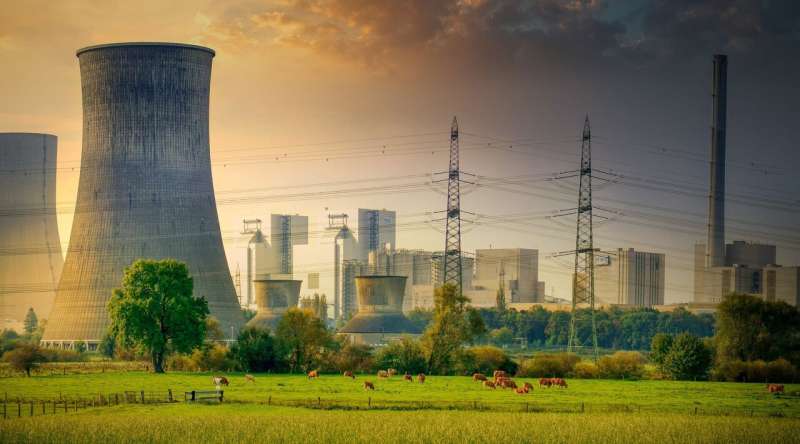
Decarbonization requires radical transformation of the U.S. energy sector, and nuclear energy could be at the center of that transformation. It already provides a fifth of the nation's electricity, and new designs suggest it can generate even more. Essential to achieving U.S. climate goals, nuclear energy is one of the key contributors to a low-carbon energy system.
At the U.S. Department of Energy's (DOE) Argonne National Laboratory, experienced and fresh eyes alike are turned toward five key areas of research and development: advanced reactor design and safety analysis; nuclear materials management and nonproliferation; reactor and fuel cycle physics; nuclear engineering modeling and simulation; and sensors, instruments and diagnostics.
Meet five early and mid-career engineers and scientists who are finding ways to apply modern tools and technologies to study the next generation of nuclear reactors and to sustain and improve the 93 legacy reactors that currently provide half of the nation's carbon-free electricity. Their work just might transform the American nuclear industry.
"I can't solve it all at once, but I can solve a little bit. Every small bit I do will contribute to the overall goal," said Tingzhou Fei, Argonne principal nuclear engineer
Advanced reactor design and safety analysis
Scientists observing the first self-sustained nuclear chain reaction experiment used zero radiation shielding. In Chicago during December 1942, they likely wore ordinary wool clothes as they stood less than 25 feet from natural uranium as nuclear fission began. Protection from such an experiment couldn't be more different today.
According to Tingzhou Fei, Argonne principal nuclear engineer in advanced reactor design and safety analysis, shielding can account for at least 10 times the mass of any active agent powering a reactor's core. Picture a large fluted nuclear reactor cooling tower. The vast majority of the structure is there to protect the people who work there.
"If we can optimize and reduce the shielding configuration of advanced reactors, we can save a lot of space and make them smaller," Fei said. This kind of economical, compact design is of interest to people in remote areas, the military, universities and even those interested in roadside reactors for electric long-haul trucking fleets.
Fei used to focus on designing advanced reactor core concepts to meet energy demand. Those core designs, he said, "almost never got off the paper." He finds his current work satisfying because shielding optimization is a complex issue several degrees closer to nuclear industry projects that might actually get built.
"My piece is just one part of an entire system and I have to be sure it's safe and it doesn't interfere with other components," Fei said. He works with materials science experts, mechanical design teams and other kinds of engineers to study the same problem from varied but equally important angles. "I can't solve it all at once, but I can solve a little bit. Every small bit I do will contribute to the overall goal."
Citation: A fresh set of eyes on next-generation nuclear reactors (2024, June 26) retrieved 26 June 2024 from https://techxplore.com/news/2024-06-fresh-eyes-generation-nuclear-reactors.html
This document is subject to copyright. Apart from any fair dealing for the purpose of private study or research, no part may be reproduced without the written permission. The content is provided for information purposes only.
